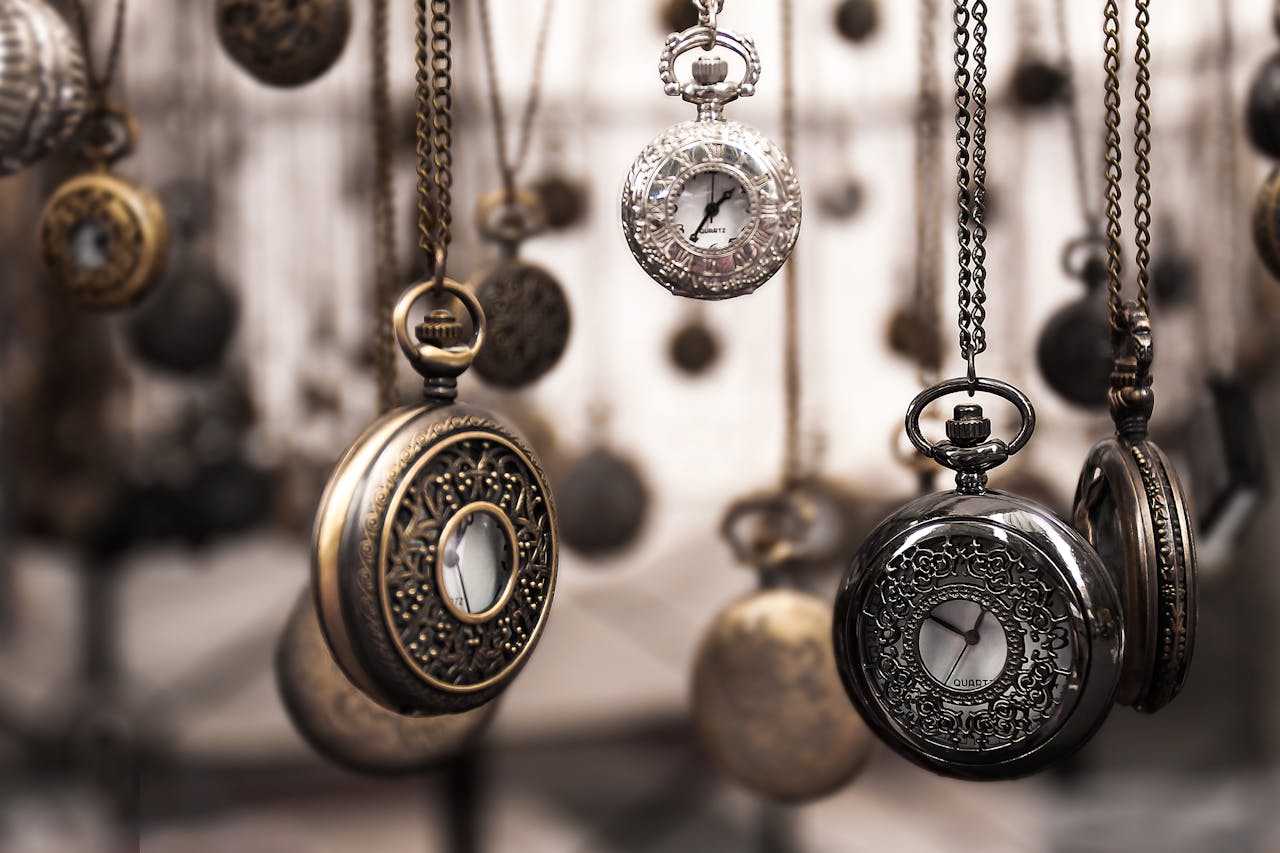
The Ultimate Guide to Selling Antiques and Collectibles Online
In today’s digital age, selling antiques and collectibles online has become more accessible than ever. Whether you’re a seasoned collector looking to declutter or someone who stumbled upon a valuable item, the internet offers a vast marketplace waiting to be explored. But how do you navigate this world effectively to ensure your treasures find their rightful new homes? Let’s dive into the ultimate guide to selling antiques and collectibles online.
1. Understanding Your Antiques
Before you begin selling, it’s crucial to have a good understanding of the antiques and collectibles you possess. Identify their origins, historical significance, and any unique features that might affect their value. Knowledge about your items will help you accurately describe them and attract the right buyers.
2. Researching Market Trends
Stay updated on current market trends and demand for various antiques and collectibles. Websites, auction houses, and antique shows can provide valuable insights into what’s popular and what’s not. By understanding market dynamics, you can adjust your selling strategy accordingly.
3. Choosing the Right Platform
Selecting the right platform to sell your antiques is crucial. Options range from online marketplaces like eBay and Etsy to specialized antique websites and social media platforms. Consider factors such as audience demographics, fees, and ease of use when making your decision.
4. Crafting Compelling Listings
Create compelling listings that grab the attention of potential buyers. Use clear and concise language to describe your items, highlighting their unique features and historical significance. Include relevant keywords to improve visibility in search results.
5. Setting the Right Price
Pricing your antiques competitively is essential for attracting buyers. Research similar items to gauge their market value, taking into account factors like condition, rarity, and demand. Be open to negotiation but avoid undervaluing your items.
6. Capturing High-Quality Images
High-quality images are key to attracting buyers online. Use good lighting and multiple angles to showcase your items effectively. Clear, detailed photos can instill confidence in potential buyers and lead to quicker sales.
7. Writing Descriptive Product Descriptions
Write detailed and accurate product descriptions that answer potential buyers’ questions upfront. Include dimensions, materials, and any flaws or imperfections. Use storytelling techniques to evoke emotion and connect buyers with the history of the item.
8. Providing Excellent Customer Service
Deliver exceptional customer service to build trust and loyalty with buyers. Respond promptly to inquiries, address any concerns or issues, and provide updates throughout the purchasing process. Positive interactions can lead to repeat business and referrals.
9. Packaging and Shipping
Take care when packaging your items to ensure they arrive safely to their destination. Use appropriate packing materials and secure packaging methods to prevent damage during transit. Provide tracking information and communicate with buyers to manage expectations.
10. Promoting Your Listings
Promote your listings through various channels to reach a wider audience. Utilize social media, email newsletters, and online communities frequented by collectors. Engage with potential buyers and encourage them to share your listings with others.
11. Building a Trustworthy Reputation
Focus on building a trustworthy reputation within the online antique community. Maintain transparency in your transactions, adhere to ethical business practices, and strive for customer satisfaction. A positive reputation can attract more buyers and increase sales.
12. Handling Negotiations
Be prepared to negotiate with potential buyers to reach mutually beneficial agreements. Remain flexible while also knowing your bottom line. Negotiation skills can help you secure better deals and build rapport with buyers.
13. Dealing with Returns and Refunds
Establish clear policies for returns and refunds to manage buyer expectations. Be fair and responsive when handling requests, striving to resolve issues amicably. A hassle-free return process can enhance your reputation and encourage future purchases.
14. Staying Informed about Legalities
Stay informed about legal requirements and regulations related to selling antiques online. Familiarize yourself with tax obligations, copyright laws, and any restrictions on certain types of items. Compliance is essential for avoiding legal issues and protecting your business.
15. Conclusion
Selling antiques and collectibles online can be a rewarding endeavor with the right approach. By understanding your items, researching market trends, and utilizing effective selling strategies, you can attract buyers and maximize your profits. Remember to prioritize customer service, maintain transparency, and stay informed about legal considerations to ensure a successful selling experience.
FAQs
1. How do I determine the value of my antiques and collectibles?
Research similar items online, consult with appraisers or collectors, and consider factors like condition, rarity, and demand to determine their value.
2. What are the best practices for shipping fragile items?
Use sturdy packaging materials, double-box fragile items, and consider purchasing shipping insurance to protect against damage during transit.
3. How can I prevent counterfeit items from being sold as antiques?
Verify the authenticity of your items through reputable sources, such as expert appraisers or authentication services, and educate yourself about common signs of counterfeit goods.
4. Are there any legal restrictions on selling certain types of antiques?
Yes, certain antiques may be subject to legal restrictions, such as those containing endangered species materials or cultural artifacts protected by international laws. Research applicable regulations to ensure compliance.
5. What should I do if a buyer disputes the condition of an item upon receiving it?
Communicate openly with the buyer to address their concerns and offer solutions, such as a partial refund or return options. Aim to resolve disputes amicably to maintain positive relationships with buyers.










Comments
4